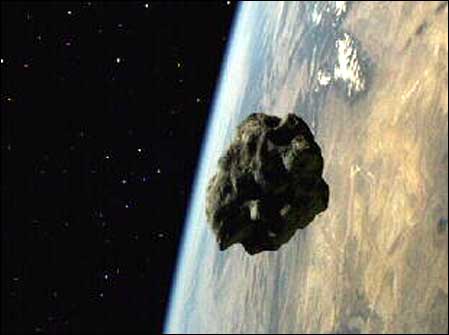
- The trio studied the meteorite samples using an electron microscope looking at bits of the mineral carlsbergite which were too small to be seen with the naked eye—in so doing they found nitrogen levels nearly identical to those found in our atmosphere. The finding, they say, shows that there was another kind of nitrogen present in the early solar system—billions of years ago.
- The researchers theorize that the nitrogen in the carlsbergite got there due to shock waves or collisions between ammonia bearing ices—the high temperatures could have caused reactions that led to the formation of chromium and nitrogen.
- The team is looking forward to revelations by NASA’s Dawn spacecraft this spring as it makes its way into orbit around the dwarf planet Ceres which is in the asteroid belt, possibly offering evidence of carlsbergite in asteroids with nitrogen levels matching those of the samples they have been studying—giving credence to their theories.